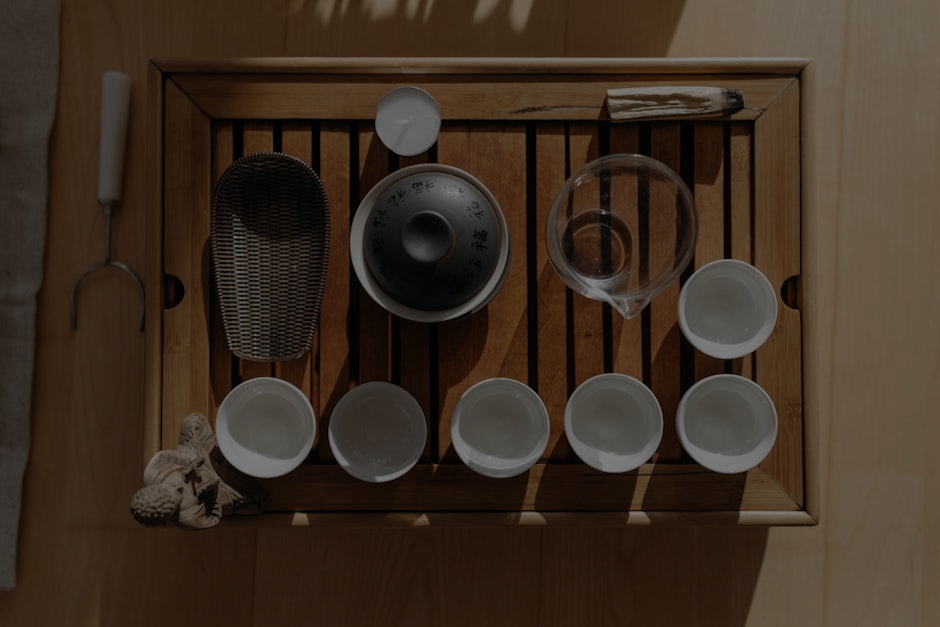**Abstract:** Discover how the right colors can transform your home into a sanctuary of harmony and balance. This guide delves into the principles of feng shui colors, providing practical tips for creating a serene living space.
Understanding Feng Shui Colors
Feng Shui, an ancient Chinese practice, emphasizes the importance of energy flow in our surroundings. Colors play a vital role in this practice, influencing our emotions, health, and overall well-being. By selecting appropriate colors for your home, you can enhance positive energy, or “chi,” and create a harmonious environment. The interplay of colors not only affects aesthetics but also impacts our mood and interactions within the space.
The Significance of Color Psychology
Color psychology reveals that colors evoke specific feelings and reactions. For instance, warm colors like red and orange can stimulate energy and passion, while cool colors such as blue and green promote calmness and relaxation. Understanding these associations is crucial in feng shui, where the goal is to align colors with the desired emotional outcome in each room. For example, using soft blues in a bedroom can foster tranquility, making it an ideal choice for restful sleep.
Choosing Colors for Different Rooms
Each room in your home serves a unique purpose, and the colors you choose should reflect that. In the living room, consider warm earth tones to create a welcoming atmosphere, promoting social interaction and comfort. The kitchen, a hub of activity, benefits from bright, cheerful colors like yellow, which can stimulate appetite and creativity. In contrast, bedrooms should embrace soothing shades like lavender or soft greens to encourage relaxation and restful sleep.
Balancing Elements with Color
Feng Shui incorporates five elements: wood, fire, earth, metal, and water, each associated with specific colors. By balancing these elements through color selection, you can enhance the energy flow in your home. For instance, introducing greens (wood) and browns (earth) can ground a space, while adding splashes of red (fire) can energize it. This balance is essential for creating a harmonious living environment that nurtures both body and mind.
Seasonal Color Adjustments
As seasons change, so do our emotional needs. Adapting your home’s color palette to reflect seasonal shifts can enhance your sense of well-being. In spring, incorporate fresh pastels to symbolize renewal and growth, while autumn calls for warm, earthy tones that evoke comfort and stability. This seasonal adaptability not only keeps your home visually appealing but also aligns with the natural rhythms of life, promoting a deeper connection with your environment.
Practical Tips for Implementing Feng Shui Colors
To effectively incorporate feng shui colors into your home, start with a color wheel to identify complementary shades. Paint walls, add decorative accents, or choose textiles that align with your desired energy. Remember, small changes can have a significant impact. For example, adding colorful cushions or artwork can infuse a room with vitality without overwhelming the space.
Conclusion: Creating Your Harmonious Space
Incorporating feng shui colors into your home is a transformative journey. By understanding the emotional impact of colors, selecting appropriate shades for each room, and balancing elemental energies, you can cultivate a living space that promotes peace, joy, and harmony. Remember, the key to effective feng shui lies in intentionality—choose colors that resonate with your personal goals and aspirations, and watch as your home evolves into a sanctuary of well-being.










